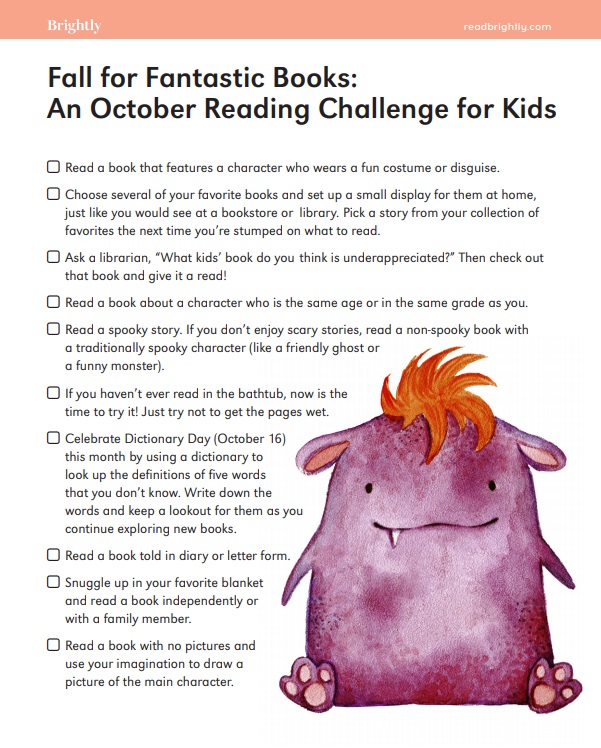This post is primarily for families with a child in grade one, but of course will be interesting and helpful to caregivers of all Quilchena students.
Our grade one teachers are Mme Bouchet , Mme Megan, and Ms Petrenko. These tips support their programs, built their years of experience teaching 6- and 7-year-olds.

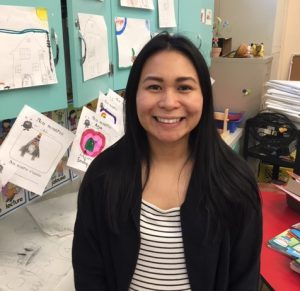
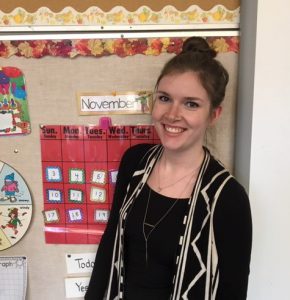
Sleep: it is extremely important for children to get enough sleep as it directly impacts their mental and physical development.
-
-
-
-
- Make sure that students have a regular bedtime–even on weekends– that allows them to get at least ten hours of sleep a night.
- Thirty to sixty minutes before bedtime, all technology is turned off, and it’s time for reading and quiet music.
- Ensure the bedroom is dark, except for a night light, and no TV is allowed in the room.
-
-
-
Core strength: children who have less core strength have a hard time sitting still at desks and find it harder to sustain focus on active learning.
(From Jamie Spencer’s blog, Miss Jamie, OT)
Some indicators of poor core strength:
-
-
-
-
- Does your child change positions frequently?
- Do they lean on the desktop?
- Slump over?
- W Sit?
- Have difficulty paying attention?
- Use their “helping hand” to prop themselves up?
- Do they always lean on the wall, the couch, or you?
- Are they struggling to ride a bike or tie their shoes?
-
-
-
If the answer is yes, then it’s very likely that the child has poor core strength. Sometimes we are expecting too much of a child who simply doesn’t have the strength in their musculature to sit up for more than a few minutes. So they lean, slump, or fidget to try to get comfortable.
How to help develop core strength:
-
-
-
-
- Pumping legs to swing on a swing
- Walking, running, or biking to school
- Climbing on playground equipment
- Yoga, Karate, and Swimming
- Riding a bike
- Climbing trees
- Obstacle courses that you crawl through
- Crawling through tunnels
- Skateboarding, rollerskating, using a scooter board or razor scooter
- Chores that require heavy lifting: carrying laundry, groceries, etc.
- Chores that involve pushing/pulling: shoveling snow, sweeping, etc.
-
-
-
Students learn at different rates and in different ways, but these tips will support all our learners in being happy and healthy at school.
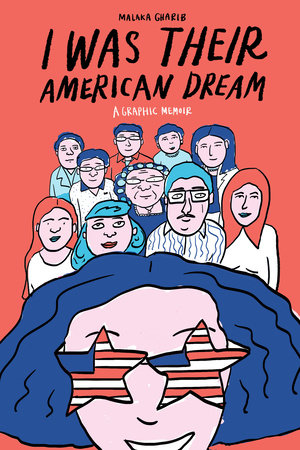
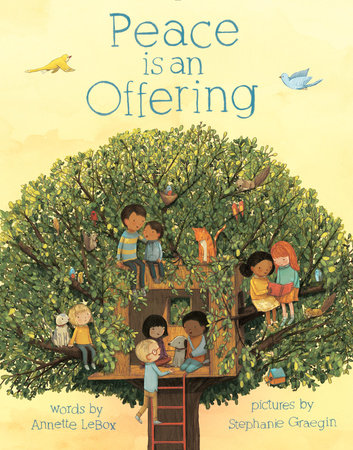
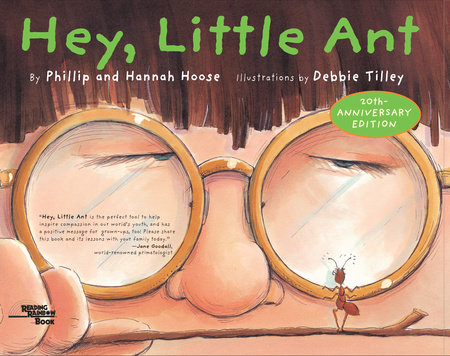
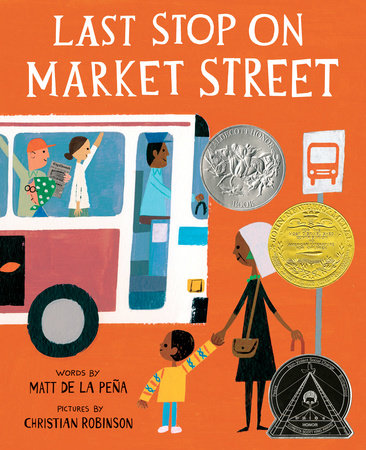
 I offer a possibility for a new tradition on Remembrance Day (I am likely not the first to take this path): Use this day as an opportunity to reflect on how compassion plays a roll in your life. Read some thought-provoking books about compassion and living a peaceful life, be intentional about sitting or walking quietly to think about where compassion often plays a roll in your life, and where it might be needed, or have some purposeful conversations with loved ones.
I offer a possibility for a new tradition on Remembrance Day (I am likely not the first to take this path): Use this day as an opportunity to reflect on how compassion plays a roll in your life. Read some thought-provoking books about compassion and living a peaceful life, be intentional about sitting or walking quietly to think about where compassion often plays a roll in your life, and where it might be needed, or have some purposeful conversations with loved ones. Pictured are a few of the books in the Quilchena library that are good conversation starters. Each image is linked to the book’s catalog record.
Pictured are a few of the books in the Quilchena library that are good conversation starters. Each image is linked to the book’s catalog record.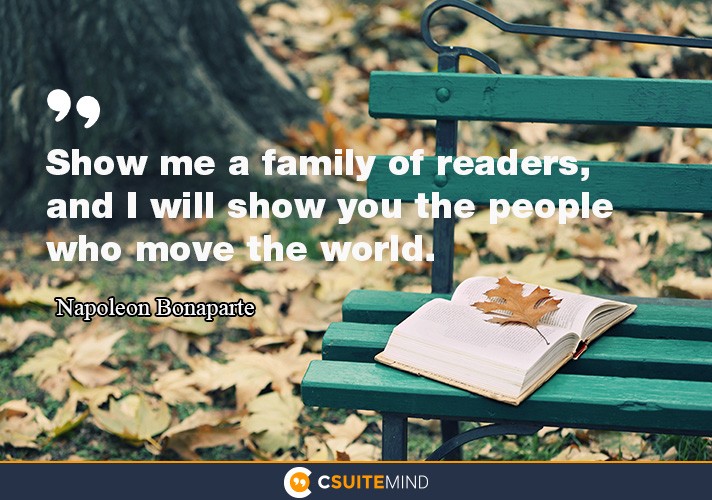
 Nathaniel is a magician’s apprentice. His birthparents left him for the money. Now, he is forced to live a secretive life where magicians show no mercy, djinn are summoned in pentacles, and where your birth name must never, ever slip out. Welcome to the witty, complicated world of Jonathan Stroud’s The Amulet of Samarkand.
Nathaniel is a magician’s apprentice. His birthparents left him for the money. Now, he is forced to live a secretive life where magicians show no mercy, djinn are summoned in pentacles, and where your birth name must never, ever slip out. Welcome to the witty, complicated world of Jonathan Stroud’s The Amulet of Samarkand.
 da B lives with her parents in her valley with her apple trees and her mountain and everything is perfect. Suddenly, everything changes. Ida’s mama gets sick and promises are broken and Ida’s heart turns small, and hard, and cold.
da B lives with her parents in her valley with her apple trees and her mountain and everything is perfect. Suddenly, everything changes. Ida’s mama gets sick and promises are broken and Ida’s heart turns small, and hard, and cold.